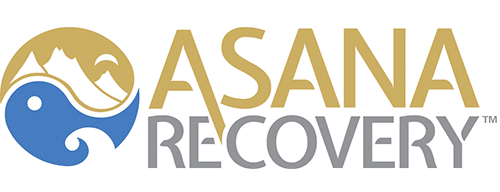You might have heard drugs referred to as hard or soft. “Hard” implies something particularly bad or strong, the way that hard liquor has a high alcohol content, but what does this actually mean?
There’s no official categorization of drugs as hard or soft, as it’s more of a matter of public perception. Hard drugs are typically listed as ones that are particularly potent or addictive, but often the way we as laypersons tend to label drugs doesn’t fit with the official schedules they fit into. For example, we can all agree that heroin and cocaine should count as hard drugs, but what about marijuana? Marijuana is listed as a Schedule I drug under the Controlled Substances Act, but most people would probably list it as a soft drug, because it doesn’t make us get violent or go crazy, and it’s even legal in some situations. For that matter, most people wouldn’t consider their morning coffee to be a hard drug, but caffeine is extremely addictive.
Some of the other drugs that people usually view as hard are crystal methamphetamine, morphine, codeine, opiates in general, amphetamines, PCP, ketamine, and ecstasy. Drugs that are typically seen as soft include marijuana, caffeine, nicotine, DMT (a psychoactive drug), and alcohol.
In 2017, researchers looked at 132 peer-reviewed research papers that mentioned hard or soft drugs in an attempt to define what drugs fell into which category. Cannabis was the most frequently cited soft drug, and cocaine and heroin were the leading hard ones. Surprisingly, however, LSD and psilocybin mushrooms were frequently listed as hard drugs. Presumably, people were imagining all the effects of a bad trip, but in truth, these substances are not considered to be particularly addictive or toxic. Alcohol was listed as soft 42 times, possibly because people assumed a legal substance couldn’t be hard, but alcohol is both quite addictive and has a long list of potentially harmful effects.
Categorizing drugs according to their legal status isn’t always helpful, as seen in the case of marijuana. Too often the policymakers are not scientists or doctors and aren’t fully informed of the effects or potential of certain drugs. This might be part of the reason people seek to impose their own classification system, but the legality of a substance still ends up playing a role in people’s perceptions. Opioid painkillers are legal with a prescription, but no one can doubt their addictive potential or harmful effects.
Clearly, the labels hard and soft aren’t useful to anyone, even in casual conversation, because no one can agree what falls into which category. A better way to discuss drugs might be in terms of addictive potential and toxicity, although admittedly it doesn’t have the same ring to it.
If you or a loved one need help with quitting drugs or alcohol, consider Asana Recovery. We offer medical detox, along with both residential and outpatient programs, and you’ll be supervised by a highly trained staff of medical professionals, counselors, and therapists. Call us any time at (949) 438-4504.



